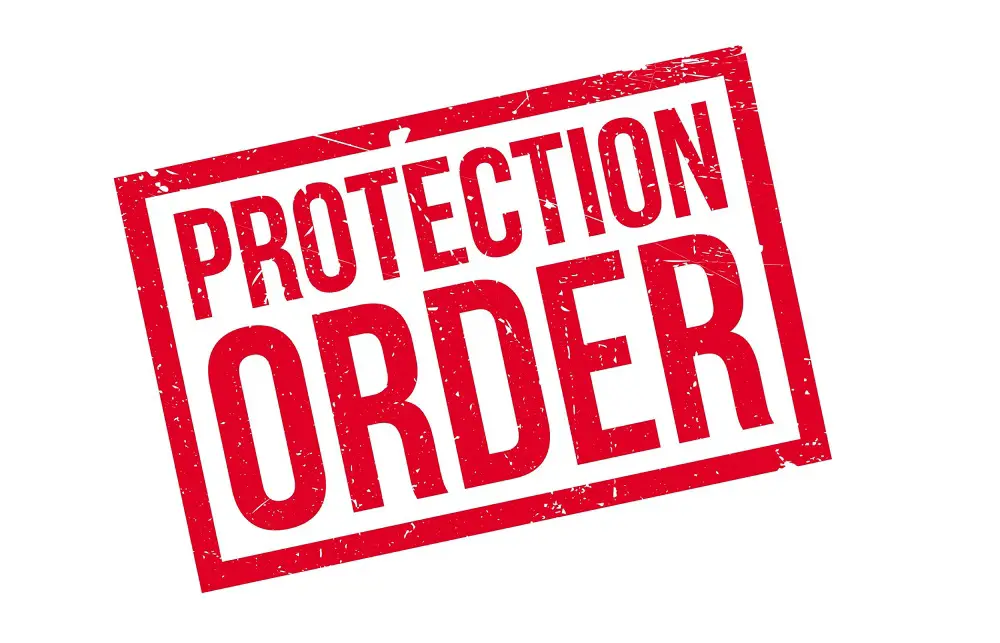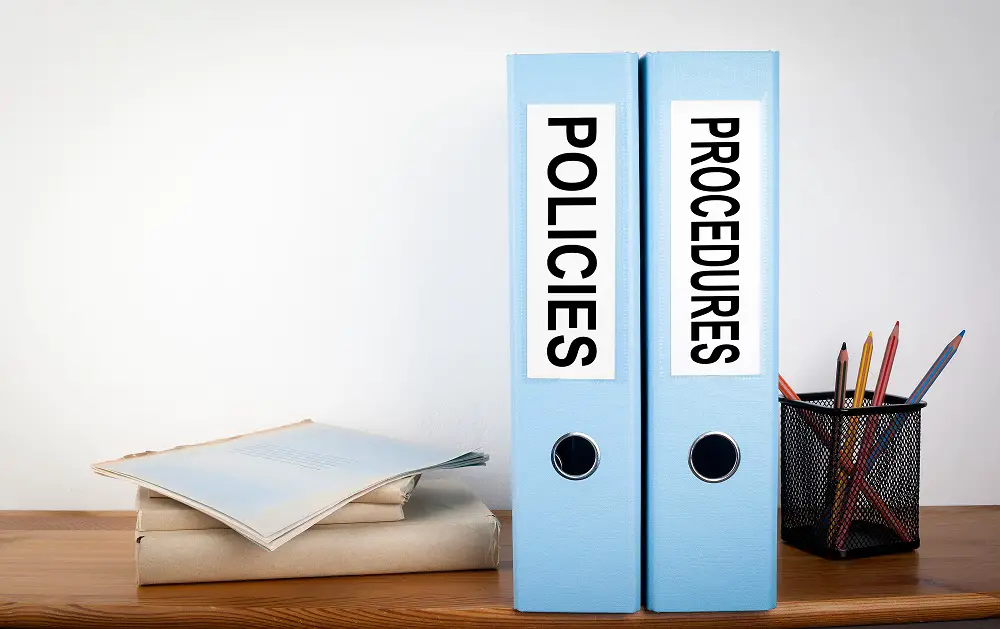Difference Between Restraining Order and Protective Order
Situations may arise where you are feeling unsafe or afraid for yourself. In such a situation, it is normal to seek to take some necessary legal measures to make sure you or your loved one stays safer. Restraining order and protective order are such legal measures that often may feel confusing because of their similarities.
In order to stay protected better and safeguard your loved ones, you need to properly understand the difference between a restraining order and protective order. Go through our article to find out the details about each of these so that you can understand which one will be better for you or your loved ones.
What Is a Protective Order?

We are talking about protective order first because it is essentially a part of a restraining order. Protective orders are often filed before filing a restraining order. They are most common among victims of domestic abuse, physical abuse, harassment, stalking, etc.
The good thing about them is that they can be filed quickly with very few complications. Depending on the situation, some people may not even need to file a restraining order afterward. The person harassing or causing you harm need not be present while this is filed.
What Is a Restraining Order?

A restraining order is a much more permanent order that takes slightly more time and formalities but also lasts much longer. A restraining order can last from 6 months and even up to a year.
For a restraining order to be active, there needs to be a hearing and the ruling requires to be given by a judge. For more serious situations, restraining orders are often sought after and have proven to be helpful.
What Are the Differences between Restraining Order and Protective Order?
Finally, let us talk about the key differences between these two orders. In order to make the right choice, having the correct knowledge is important.
The Purpose
The key purposes both these orders serve are the same – to keep you protected. That being said, the legal purposes they serve are slightly different. Protective order protects the victim by ordering the harassers to put a stop to their derogatory actions.
The key requirements for the validity and activation of a protective order are violence and physical harm in many states. A restraining order also makes sure that the harasser stops putting the victim in distress. But it also may settle other matters such as property orders, mandated therapy for the abuser, etc.
Time Period
Both the protective and the restraining orders have a certain time period until which they are considered active. This time period will greatly differ based on many factors such as the severity of the case, the ruling of the judge, the law of the state, etc.
In general, protective orders are valid for up to 2 years in most states. On the other hand, the longest time a restraining order is active is five years which is in the state of California.
If the situation demands or if you feel like you are not safe enough, it is better to make sure that the restraining order lasts for as long as possible under the circumstances.
The Scope
The scope of the order is another major factor that differentiates between these two. The protective order specifically bars the abuser from doing anything malignant or harmful. While it is pretty long-lasting and often very effective, it does not do anything else beyond that.
The restraining order has a broader scope and, in many cases, can make other settlements. Examples include but are not limited to- property protections, financial restrictions, mandated therapy sessions, etc.
Recommended for You:
Child Custody
This inquiry is very common among mothers who are suffering and are looking for a way out. Unfortunately, none of these orders can stop the abuser from demanding child custody or making a case that they should receive the custody of a child.
Violations
Violations of each of these orders are serious crimes no matter which state the perpetrator is in and can have some serious consequences. Protective order violation can lead to months or years in jail and several thousands of dollars in fine.
The same goes for violating restraining orders. The actual punishment for violation will vary greatly depending on the law of the state as well as the situation.
Some Things to Keep in Mind
No matter which order you or your loved one end up choosing, some things must be kept in mind. In order to overcome difficult times, there are other steps you should take besides necessary legal ones.
- Make sure the victim stays healthy and eats healthy
- Necessary counseling is always recommended as events that may precede the need for an order often make victims prone to anxiety or depression
- The victim should also try to construct a life where there will be no sign of the abuser
- If there is a child in the picture, he or she should receive necessary counseling and therapy
- In many cases, self-defense classes or lessons are recommended
Final Words
After reading the article, we hope you have got a clear idea of the difference between restraining order and protective order. We hope you and your loved ones stay safe, happy, and as far away from harm as possible.






